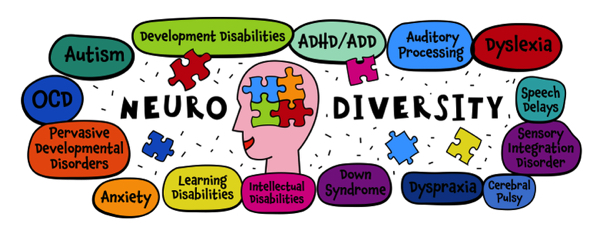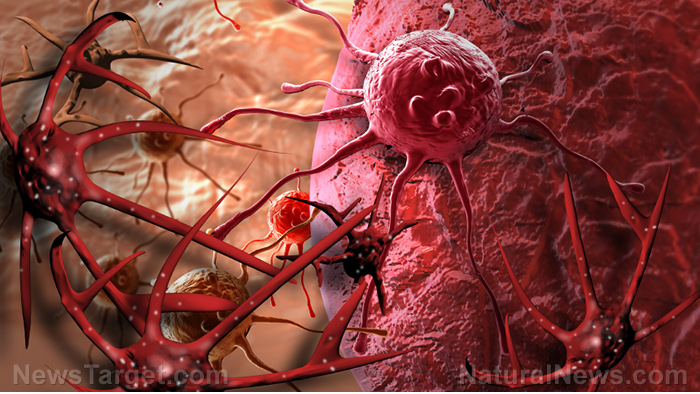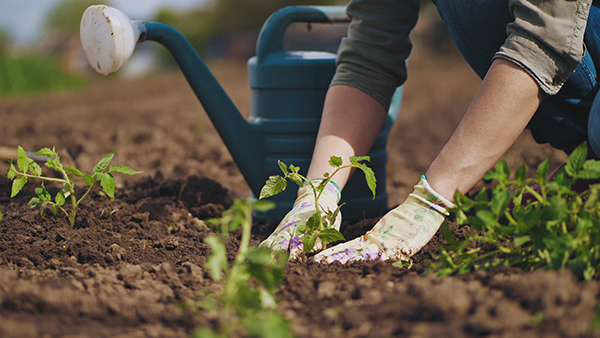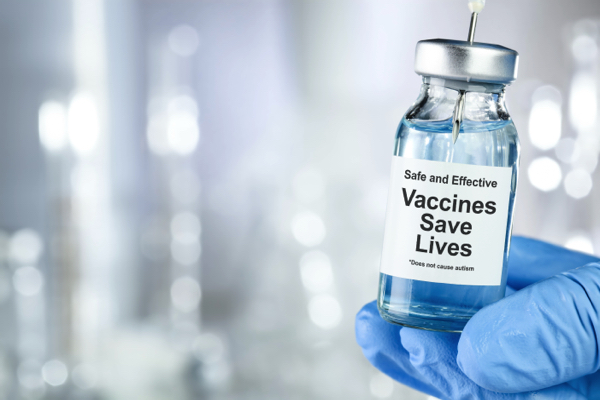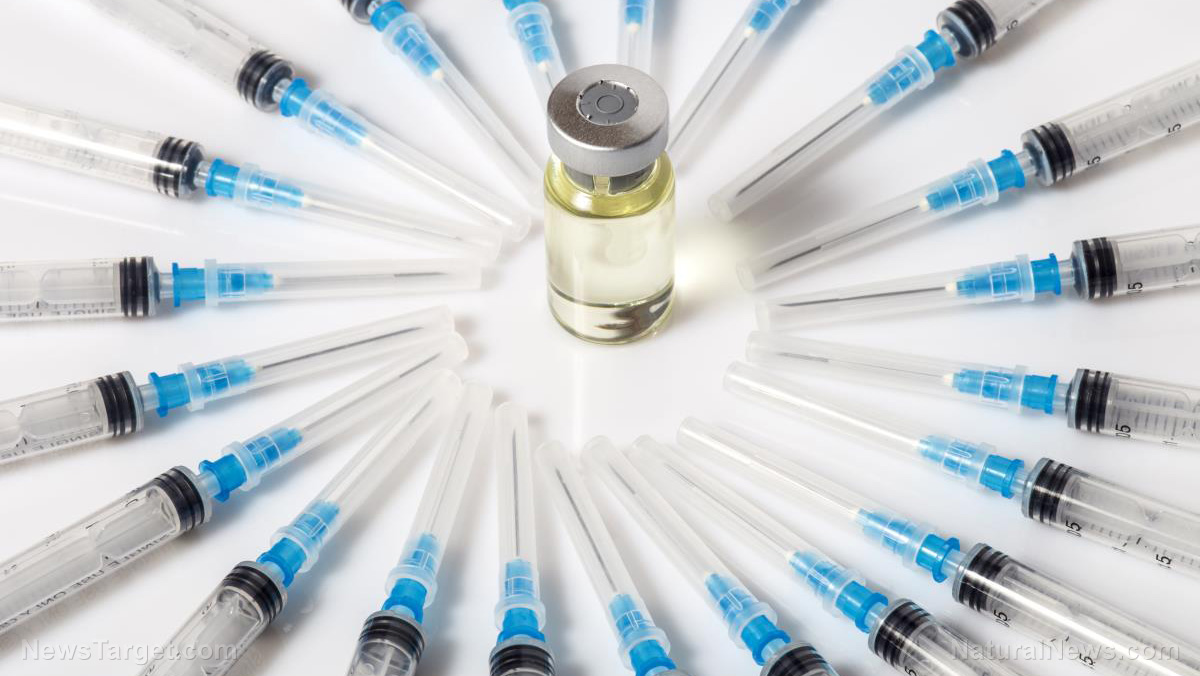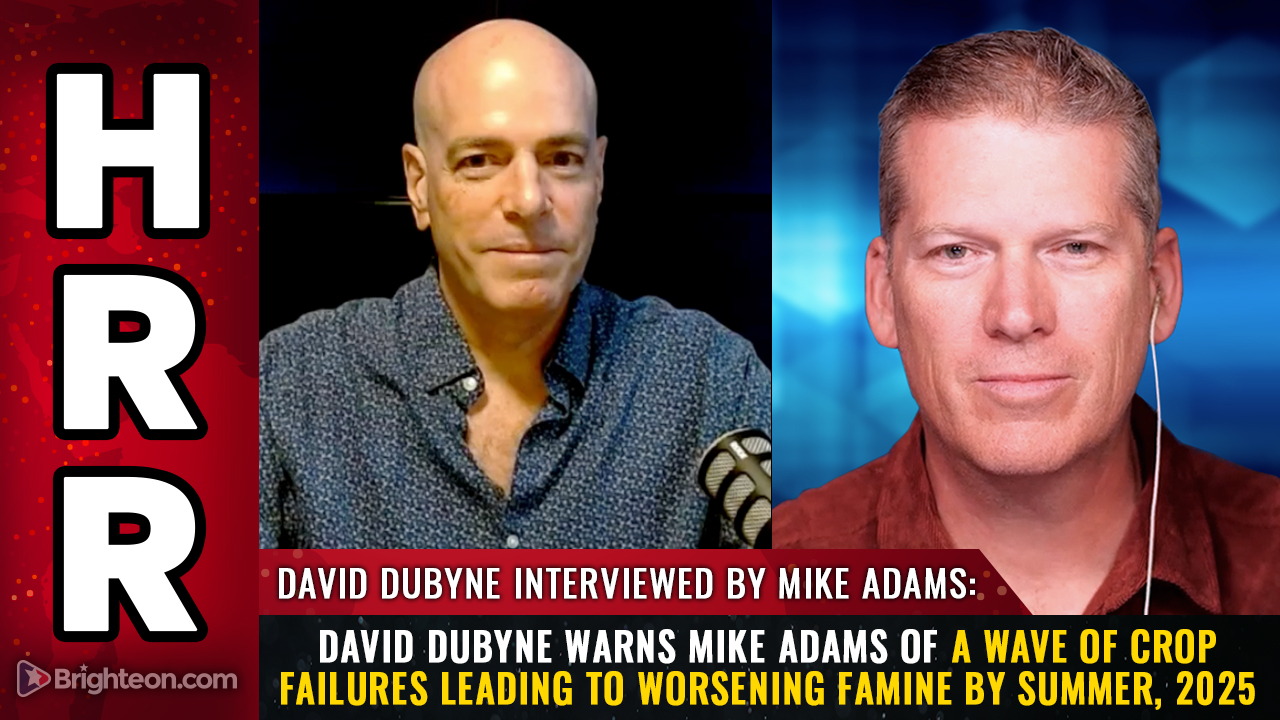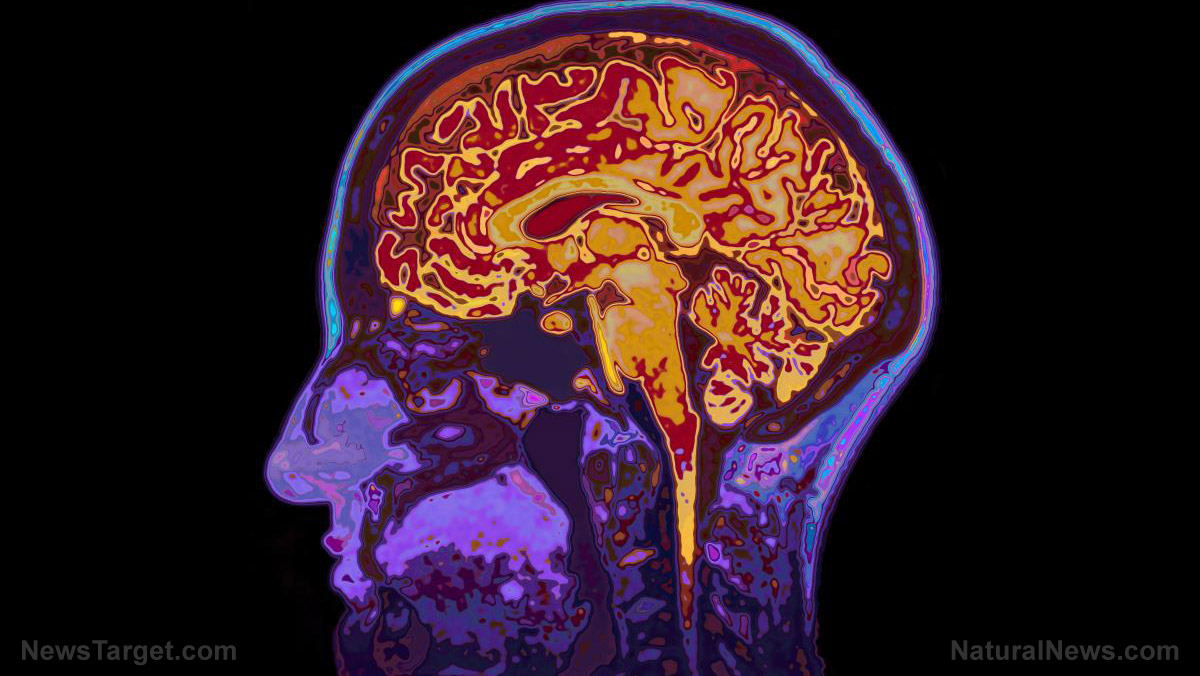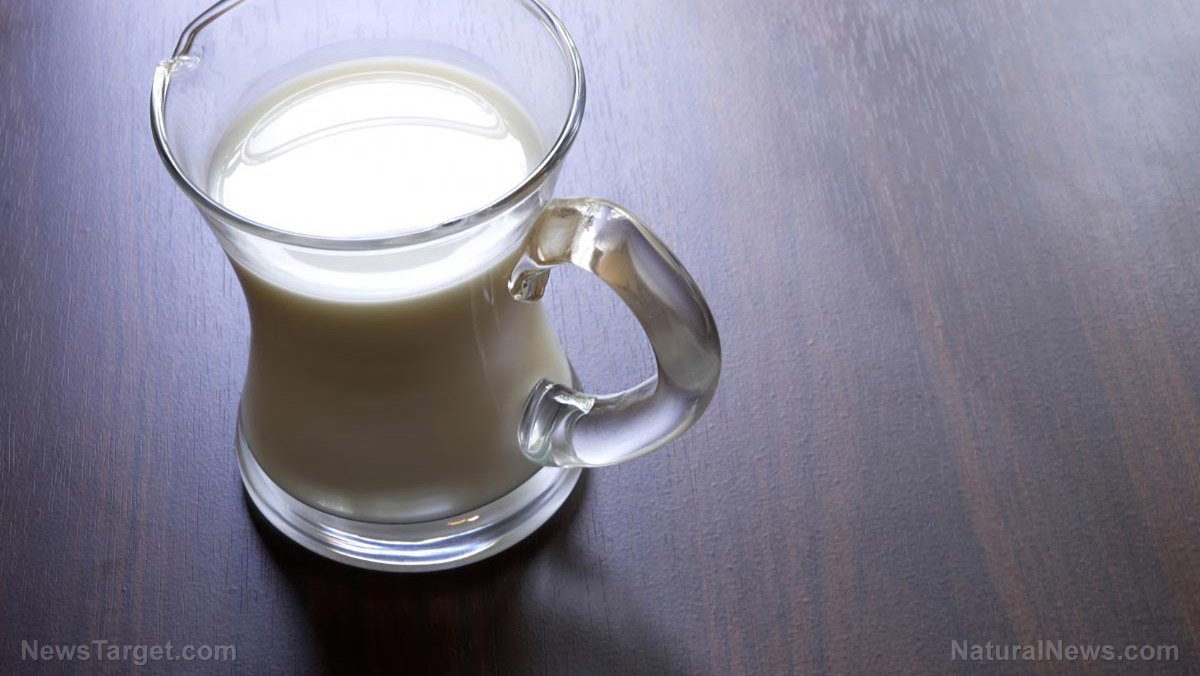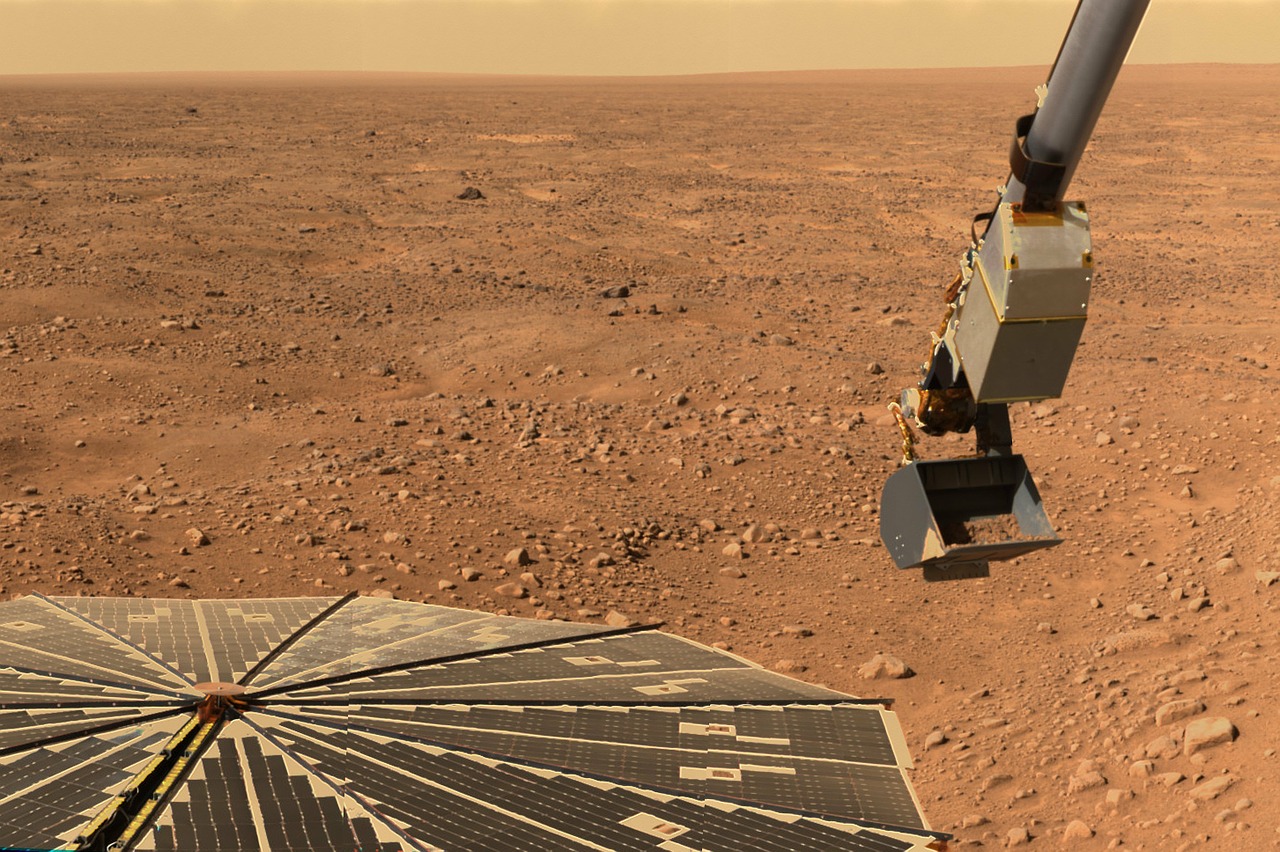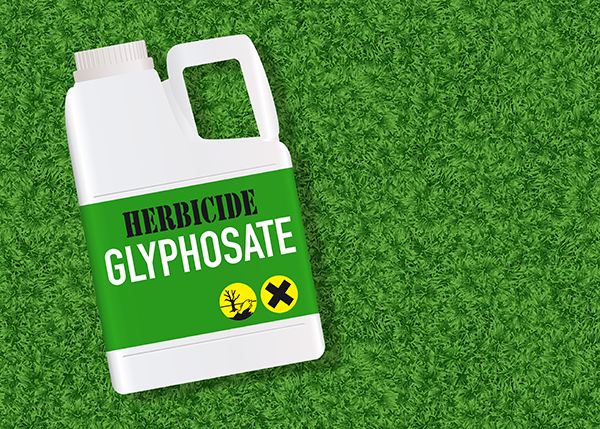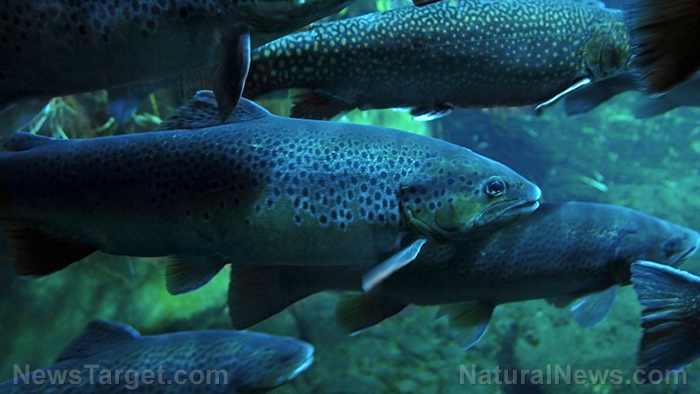Breaking the methane chain: New feeds and seaweed offer pathways to sustainable beef and dairy production
04/24/2025 / By Willow Tohi
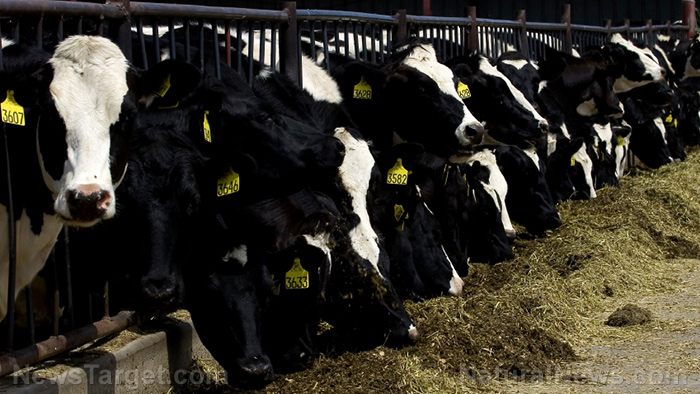
- Two 2025 studies (University of Florida and UC Davis) show that adjusting livestock diets—such as adding flaxseed and pea protein for dairy cows or asparagopsis seaweed for grazing cattle—could cut methane emissions by up to 40% while maintaining animal health and productivity.
- The Florida team found omega-3-rich flaxseed and pea protein optimize digestion, reducing methane and potentially increasing milk yields. Meanwhile, UC Davis demonstrated that feeding cattle seaweed pellets (even in remote pastures) slashes methane without harming growth, suggesting scalable solutions like seaweed lick blocks.
- While effective, improved feeds are often costlier than conventional options, though higher productivity (e.g., milk output) may offset expenses. Scaling seaweed farming sustainably and ensuring farmer adoption remain hurdles.
- Dietary interventions align with global goals (e.g., Project Drawdown’s projected 4.42–15.05 gigaton CO2 reduction by 2050). However, long-term strategies like genetic engineering of microbes and lab-grown protein (supported by Bill Gates) could further disrupt emissions-heavy beef production.
- Success requires policy support, financial incentives for farmers and supply chain investments. Researchers stress the need to balance food security and climate action, urging collaborative innovation to meet rising demand sustainably.
In 2025, two groundbreaking studies—one from the University of Florida focusing on dairy cows, the other from the University of California, Davis targeting grazing beef cattle—reveal that shifting livestock diets could slash methane emissions by up to 40%, offering hope for climate-conscious animal agriculture. As scientists and policymakers seek solutions to mitigate the food system’s greenhouse gas footprint, these innovations highlight a critical intersection of science, sustainability and global food security. The research underscores the urgency of reducing methane, a potent greenhouse gas with 25 times the warming potential of carbon dioxide, emitted primarily through livestock digestion.
Flaxseed and pea protein: A “win-win” for dairy farm methane reduction
University of Florida researchers led by Dr. Antonio Faciola are testing a novel cattle feed blend of flaxseed and pea protein, aiming to improve nutrient efficiency while curbing methane emissions from dairy cows. The study, published in the Journal of Dairy Science, found that the supplement reduced methane by optimizing rumen fermentation and trapping energy that otherwise fuels emissions.
“The feed keeps energy within the cow, which could mean more milk production and lower methane,” said Faciola, an animal sciences professor. The researchers conducted lab experiments simulating cattle digestion, observing how omega-3-rich supplements altered fermentation pathways. While field trials are ongoing, initial results suggest the feed could address dual challenges: meeting rising global milk demand efficiently and adhering to climate goals.
The research aligns with global trends: by 2050, milk output is projected to grow by 31%, requiring smarter resource use. Faciola emphasized that dietary shifts must balance economic viability, noting his team’s work was partially funded by O&T Farms Ltd., a Canadian supplement producer.
Seaweed’s breakthrough: Cutting flatulence emissions in grazing beef herds
While feed innovations in dairy gain traction, UC Davis scientists demonstrated another milestone in grazing beef production. A December 2024 study in Proceedings of the National Academy of Sciences showed that supplementing grazing cattle’s diets with a small amount of dried Asparagopsis seaweed reduced methane emissions by nearly 40%, without affecting health or weight.
Principal investigator Ermias Kebreab explained that grazing cattle, unlike feedlot animals, present unique logistical challenges due to their remote pastures. The study, conducted on 24 steers in Montana, involved voluntary consumption of seaweed pellets. Scaling such methods could be transformative, Kebreab said, noting that the U.S. alone has 64 million beef cattle, whose methane output exceeds that of feedlot or dairy cows.
“This opens the door to accessible solutions for ranchers,” Kebreab added, suggesting seaweed lick blocks as a feasible delivery method. The findings echo prior UC Davis research, which documented an 82% emission reduction in feedlot cattle and over 50% in dairy cows, but mark the first success in grazing herds—a critical advance given their role in global food systems.
The broader climate calculus: Emissions, economics and food security
These dietary interventions align with broader strategies outlined in Project Drawdown, which projects improved cattle feed could reduce 4.42–15.05 gigatons of CO2-equivalent emissions by 2050. The initiative emphasizes that higher-quality forages and additives boost herd productivity while reducing energy loss as methane.
However, challenges persist. Costs remain a barrier: improved feeds are often pricier than conventional ones, though increased milk output can offset expenses. Kebreab also highlighted the need to scale seaweed farming sustainably, citing resource constraints and ecological considerations. Meanwhile, Bill Gates, a longtime advocate, has argued that synthetic protein alternatives and genetic engineering will ultimately redefine beef production.
Historically, methane mitigation efforts have grown alongside climate awareness. Enteric fermentation—cattle’s natural digestion process—accounts for 66% of the livestock sector’s emissions, according to the FAO. While regenerative grazing and manure management help, dietary interventions offer a direct pathway to lowering emissions without overhauling farming systems entirely.
Beyond diet: Genetic engineering and lab-made proteins pioneer the future
Beyond current studies, researchers explore longer-term solutions. Genetic modification, such as altering rumen microbe communities, and lab-grown proteins are emerging as critical strategies. Ongoing work by the Gates-backed search includes “meat analogs” made from plants or cell-cultured tissues, which Gates believes may become “essential” for lowering beef’s environmental cost.
Simultaneously, seaweed farming gains momentum as an eco-friendly alternative. As agricultural economist Anna O’Toole noted, seaweed requires minimal freshwater and land, reduces emissions and preserves marine habitats. Integrating such practices into policy frameworks, like the 2015 Paris Agreement’s methane reduction goals, could accelerate adoption.
A transition to climate-conscious herds requires science, policy and patience
The University of Florida and UC Davis studies underscore a pivotal moment for livestock sustainability. By targeting methane at its biological source—cattle’s digestive systems—dairy and beef producers can mitigate climate impacts without compromising yields. Yet scaling these solutions demands collaboration. Cattle feed is made from the leftovers from other industries, usually not the healthiest, most natural options. And just like with people eating ‘junk’ food, they don’t result in the best digestion. If we’re going to be serious about reducing emissions, that system will have to change.
Financial incentives for farmers, robust supply chains for specialty feeds, and further research into additive efficacy are crucial next steps. As the world’s population nears 10 billion, balancing food demand with planetary health will hinge on innovations like these—and a willingness to reimagine agriculture’s future.
In the words of UC Davis’ Kebreab: “We must act on climate without compromising livelihoods—and these findings show it’s possible.”
Sources include:
Submit a correction >>
Tagged Under:
beef production, carbon dioxide, Cures, dairy production, environ, feed quality, food security, food supply, Greenhouse Gas, harvest, Methane, natural diet, remedies
This article may contain statements that reflect the opinion of the author
RECENT NEWS & ARTICLES
COPYRIGHT © 2017 SCIENTIFIC NEWS


